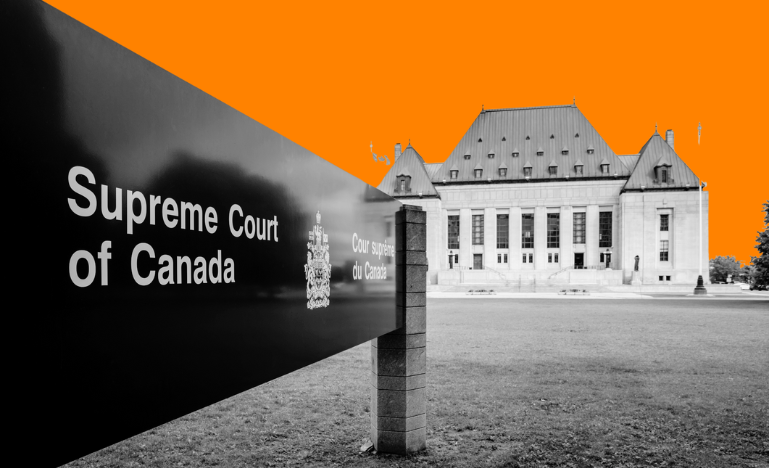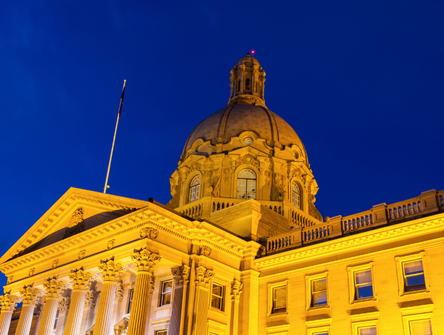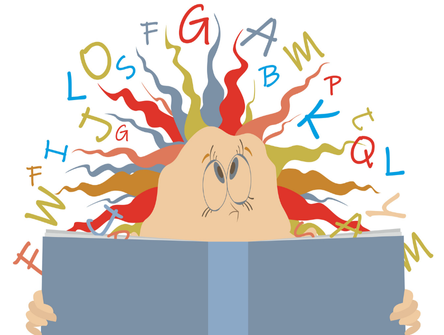The Supreme Court of Canada weighs in on UNDRIP
The top court upholds the constitutionality of federal law affirming Indigenous rights of self‑government over child and family services.

The United Nations Declaration on the Rights of Indigenous Peoples has finally gotten its due in the nation's highest court. That's one of the many takeaways from last week's landmark decision by the Supreme Court of Canada affirming that Indigenous-made laws concerning child welfare services prevail over conflicting provincial law.
“It treats the Declaration as something new and something distinct from the rest of our law, and that’s very encouraging,” says Gib van Ert, who practices public law and civil litigation with Olthuis van Ert in Ottawa. “It recognizes the consequences of decisions that the federal government and the BC government have made to become unqualified supporters of the Declaration and to start legislating its requirements into our law."
In a unanimous decision, the Supreme Court of Canada upheld the federal government’s 2019 legislation affirming Indigenous communities’ right of self-government over child and family services. Quebec had referred the legislation to its Court of Appeal, which ruled that the law was valid except for two sections granting Indigenous law equal weight to federal law regarding paramountcy. The Supreme Court of Canada affirmed that the entire law is constitutional.
The law sets national standards and enables Indigenous groups or communities to enact their laws within Parliament's authority under Section 91(24) of the Constitution Act, 1867. The court held that its aim is to ensure culturally appropriate delivery of child and family services, fostering reconciliation.
Quebec objected to what it saw as federal encroachment on provincial jurisdiction. The court acknowledged that federal legislation on Indigenous matters might overlap with the provincial powers over child and family services. Even so, if there is a conflict, the Indigenous law would have the same force as federal law if litigated in the courts.
The court understood that the legislation had to be read in the context of UNDRIP, says van Ert, who represented a coalition of the Union of British Columbia Indian Chiefs, the First Nations Summit of British Columbia and the British Columbia Assembly of First Nations as intervenor. He says the court dealt with UNDRIP in a rigorous and nuanced way, making it clear "that the law they were scrutinizing was explicit that it was one step that Parliament was making to implementing the Declaration in federal law.”
The ruling is significant, not just for the welfare of Indigenous children, but also for the reconciliation project the country is now engaged in by implementing and performing its obligations under UNDRIP, says van Ert.
Indigenous Services Minister Patty Hajdu welcomed the ruling. “The Supreme Court decision affirms the legitimacy of the law that enables this work, and it’s going to change the lives of Indigenous children for generations to come,” she said, adding that it confirms there is a role for the federal government in enabling legislation that restores rights.
NDP Indigenous issues critic Lori Idlout noted that the ruling ensures that the UNDRIP "is respected and upheld."
David Taylor, a partner with Conway Baxter Wilson LLP in Ottawa, who acted for the First Nations Child & Family Caring Society of Canada, welcomes the ruling but says there remains uncertainty around the right to self-government.
“The Supreme Court is usually cautious and incremental and doesn’t always deal with things that need not be dealt with to resolve the question that’s in front of them, and that’s what we saw with this decision,” he says.
That's because, as van Ert notes, the court didn’t find it necessary to determine whether rights to self-government are protected under Section 35. Instead, it was within Parliament’s legislative authority to pass this legislation, and in doing so, it has bound the Crown to advance that position.
“The Supreme Court, as I understand it, says the Crown must respect and operate as though Indigenous peoples have a self-government right under Section 35,” van Ert says. “The court itself isn’t actually opining on that because it didn’t need to. Parliament has done so, and in the course of that reasoning, the Court also notes—rightly—that self-determination and respect for Indigenous institutions and decision-making process are protected by the Declaration too, so whether or not self-government is a right under Section 35—I won’t say it doesn’t matter, but it doesn’t matter for the present.”
“They don’t come out and say that there is a right [to self-government]," says Taylor. "But there are breadcrumbs there to say that if you’re going to have jurisdiction over anything, of course it’s going to be your kids,” Taylor says. “How else do you ensure the survival of your culture other than in passing it to the next generation?”
Another critical question left unanswered is the issue of funding, Taylor says.
For First Nations with their own sources of revenues, Taylor notes that it is less of an issue. Still, many First Nations need funding from the federal government. And for those who are off-reserve, there is Jordan's Principle, whereby provincial governments are legally required to provide access to supports for First Nations children in need and without delay.
“Getting that funding shifted to First Nations comes down to coordination agreements, and there is a strong message from the court here that the honour of the Crown is going to apply in those negotiations because Parliament has said it should,” Taylor says. “It would seem to me if you promise we’re going to give you these tools so you can keep kids safe in their home communities, then that should come with the resources to use the tools.”
Looking ahead, van Ert says the ruling opens the door to more devolution to Indigenous governments in the future.
“There is nothing in this decision that turns on the fact that this has to do with children,” van Ert says. “The legal reasoning is not specific to child welfare or family services. Parliament has complete power under [Section] 91(24) in respect of Indigenous peoples, and if a future law of Parliament is adopted in some other area that Indigenous people want to assume jurisdiction over, this is the model for doing that, and this is the constitutional approval that is needed.”
Katie Tucker, counsel with Pape Salter Teillet LLP, who acted for the Makivik Corporation as intervenor, noted the court's emphasis on legislative reconciliation as a tool available to Parliament. “Although the court refrained from opining on the status of Indigenous self-government as a constitutionally protected Section 35 right, recognition of the UN Declaration has opened the door to reconsidering the existing rights recognition framework.”
Tucker says this is important as the current legal test for proving Indigenous rights is ill-suited for determining the right of self-government.
“The Supreme Court acknowledged that reconciliation is a long-term project that is accomplished through a continuous transformation of relationships and a braiding together of distinct legal traditions," she says, adding: "Indigenous legal traditions are and have always been part of Canada’s legal traditions."


